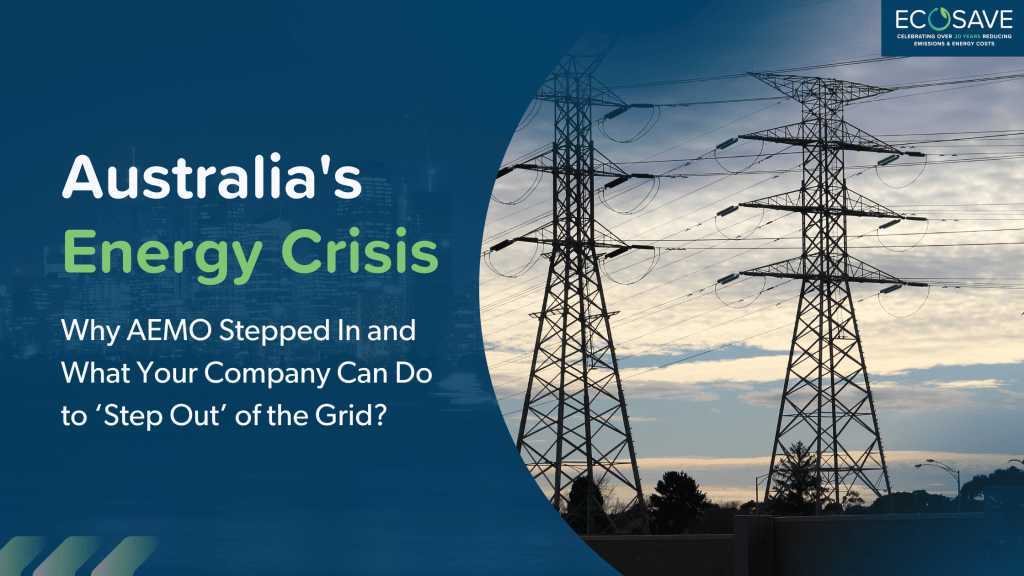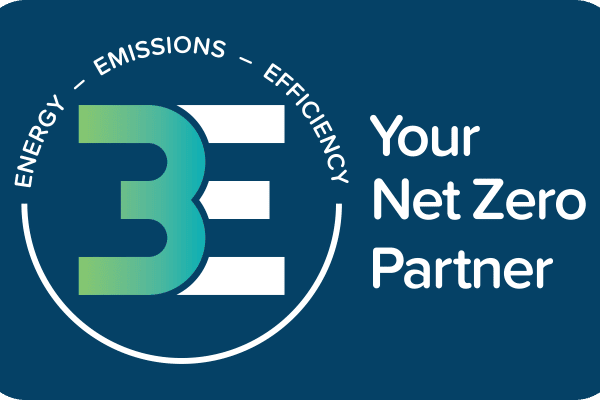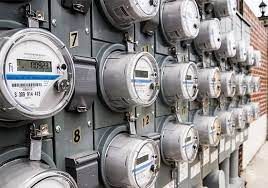Australia is in the grips of an ongoing energy crisis.
In this article, we discuss the unprecedented action taken by the Australian Market Operator last week (15 June, 2022); and the ‘perfect storm’ of factors in the energy market conditions which had prompted them to suspend the Spot Trade Market. We also take a look at what the looming threat of power outages means for organisations, and what they can do in response to sure up energy security and keep their energy costs as low as possible.
AEMO: The market has got to go… until when no one knows
On 15 June, the Australian Energy Market Operator (AEMO) suspended the electricity wholesale spot market in all five of the participating National Electricity Market (NEM) states, saying it has become “impossible” to operate.
AEMO today announced that it has suspended the spot market in all regions of the National Electricity Market from 14:05 (AEST), under the National Electricity Rules. Our statement here: https://t.co/hiYAKFl7Lt pic.twitter.com/AMNgE8zItj
— AEMO (@AEMO_Energy) June 15, 2022
The NEM is where generators (power stations) sell power at wholesale rates to energy retailers (e.g., Ergon, Simply Energy and Powershop etc.). Retailers then sell the power they buy to households and businesses. To ensure our lights stay on, the amount of electricity being sold on the market must match the amount of electricity needed by households and businesses. AEMO oversees this.
A Drastic Intervention by AEMO
The drastic move by AEMO comes after weeks of soaring prices which reached a climax on Monday and Tuesday after price caps came into effect and generators withdrew massive amounts of capacity, plunging the national grid into mayhem. Days of power shortages across the country have prompted AEMO to intervene in a desperate bid to shore up the country’s power supply. AEMO was initially forced to impose electricity market price caps to avoid prices routinely reaching $15,100 /MWh and then subsequently suspending the entire spot market. The average price of electricity has been $500-$600 / MWh.
It is the first time such a measure has been deployed across the NEM – which includes Queensland, Victoria, South Australia, NSW, and the ACT – has been suspended since its creation in 1998. Previously, single markets such as Tasmania and South Australia had seen suspensions, including the latter’s notorious “black” state event in 2016.
The drastic intervention means the AEMO will now be in charge of directing supplies from energy providers to the power grid. During the suspension, the generators get paid a flat rate of $300/MWh and then compensated for any losses. Generators can submit an application to AEMO, with justification, to raise their prices beyond the flat rate.
AEMO remains tight-lipped over how long the market suspension would stay in place, insisting it would be reviewed on a daily basis.
Industry analysts say it will be at least 2 months, or until AEMO is confident about the continuity and reliability of the power supply.
The Perfect Storm and Why AEMO stepped in
AEMO said it had taken the unprecedented step amid soaring electricity costs “because it has become impossible to continue operating the spot market while ensuring a secure and reliable supply of electricity for consumers.”
AEMO justifies its drastic decision on unplanned outages, supply chain challenges for coal and gas, low wind and solar output, and high demand due to the cold weather. Industry experts have described the causes of the current crisis as a ‘perfect storm’.
Russia’s invasion of Ukraine squeezed gas retailers and a cold snap is combining to put pressure on the grid.
To the extent the problems are based on the reduced availability of coal plants and high demand because of the winter chill, it may be a while – perhaps months – before the market resumes normal operations. Five of Queensland’s state-owned power generators are currently not operating. Others are being turned off on purpose as blackouts threaten.
High energy prices have been driven by record gas prices due to the strong international demand for Australian LNG and outages at key coal-fired power stations reducing the available generation capacity. This has occurred alongside an early onset of winter increasing the demand for gas and electricity.
The biggest supplier of electricity in Australia is still coal, but Australia’s coal plants are ageing and many of them are being earmarked for closure. There is less maintenance and there are more breakdowns. In recent weeks we’ve had almost a third of the coal capacity offline, which is another key reason why prices have started to rise. On top of that, the coal supply has been affected by recent flooding events.
Then along comes winter to bump up demand – this is the season when sustained energy use is the highest across Australia. And for places such as Victoria, there’s a lot of gas heating, and that puts extra strain on what is typically the busiest time for generators.
Wholesale domestic gas prices have reached $40/GJ in eastern states’ spot markets, with estimated LNG netback prices (a marker for the international price pressure on the domestic gas market) averaging $35/GJ for 2022 and $30/GJ for 2023. This has led to the collapse of two gas retailers in the past month, with their customers forced onto a Retailer of Last Resort and given unbearable gas prices.
Gas turbine operators are being directed to operate by AEMO because they can’t generate profitably at the market price cap of $300 /MWh while buying gas at $40/GJ. Forward energy contracts on the ASX Energy market have hit over $300/MWh compared with record lows of only $40/MWh in 2021.
Whilst market prices have historically fallen in winter, the current energy price crunch is being driven by gas prices which will only worsen in winter. Weeks of energy market chaos are set to continue.
All signs indicate price volatility is here to stay through to the end of 2023.
The Impact of Power Outages on Your Bottom Line
Notwithstanding high energy prices, which place a significant strain on operating budgets, the real threat of power outages can have a hugely negative impact on your business.
When it comes to your business, power outages can be detrimental. Experts point out that losses resulting from power outages amount to over $30 billion annually. The infographic below lists the four major impacts of power crisis on your company’s bottom line.

Let’s now look at the four points in detail.
- Budget Overruns: Today, most businesses rely on electricity for most aspects of their operations. Whenever outages occur, companies are forced to find backup solutions, which swell their operating budgets. With a tighter operating budget, you’ll have to cut the cost of other essential business operations.
- Loss of Revenue: When your company’s operations get affected by power outages, sites may go down and your business won’t be able to deliver the services or products it usually provides. If customers can’t access your products or services, they are likely to find another provider who can, thus resulting in a loss of revenue.
- Damaged Equipment and Inventory: Power outages can damage your electrical equipment, especially if you haven’t protected them against electrical surges. Replacing or repairing electrical equipment can swell operating costs significantly. For businesses such as grocery stores, pharmacies, and restaurants, power outages could also mean a loss of inventory.
- Loss of Productivity: For a company that relies on electrical equipment, a power outage means employees may not be able to undertake their tasks, thus resulting in a loss of productivity. A loss of productivity can lead to less inventory and therefore, a loss of revenue. To compensate for the lost time and complete the tasks, you might need to pay employees overtime, which could lead to a budget overrun.
What can organisations do to insulate against rising energy prices and blackouts?
Given the sustained price volatility and high energy prices are set to continue for at least the next 18 months, not to mention the looming threat of blackouts caused by market instability – it’s critical to take steps to shore up local energy security and prioritise energy efficiency improvements.
The main objective you should be aiming toward is to reduce your organisation’s reliance on the electricity grid i.e. the National Electricity Market and the Wholesale Electricity Market (WEM).
This can be accomplished in at least a couple of ways.
- Implement localised energy generation systems, energy storage etc (or ‘microgrids’) as well as uninterrupted backup supply systems. This is key to reducing your reliance on the NEM, which in times of power outages, your company will have continuity of power supply. If done at scale, it is within the realm of possibility to completely step out of the NEM grid entirely. In some instances, you could export power back into the grid and generate additional revenue.
- Identify and implement energy efficiency upgrades and power quality improvements to your central plant and equipment, facilities and overall building envelope. The lower your demand for electricity, the lower your energy costs overall.
These measures do cost money to implement, however, innovative energy as a service (EaaS) agreements mean you don’t have to front up capital or leverage debt to start benefiting from reduced operating costs (from energy efficiency upgrades), emissions reduction and energy independence.
Partnering with Ecosave’s EaaS Experts
When you partner with an EaaS specialist such as Ecosave, your organisation can undergo wide-ranging upgrades of energy efficiency and emissions reduction solutions including local energy supply and storage systems.
The benefit of EaaS is that the capital upgrades are funded by Ecosave and the energy and emissions savings generated by those solutions covered under an EaaS service fee that can be paid for out of your Operating budget (OPEX). Because it’s a long–term funded from your OPEX budget, there is no debt liability on your company’s balance sheet.
Best of all, the EaaS by Ecosave has a strong focus on Net Zero and digitally enabled solutions- which means not only can your company benefit from reduced reliance on the NEM but also reduce your carbon footprint and future proof your facilities.
To discuss how to navigate the current energy crisis and to find out more about EaaS, Connect with the Net Zero experts at Ecosave today.





